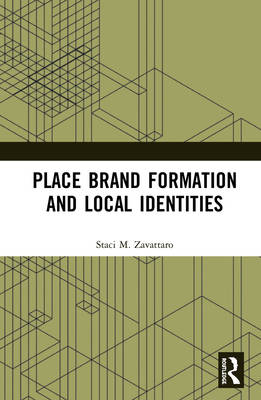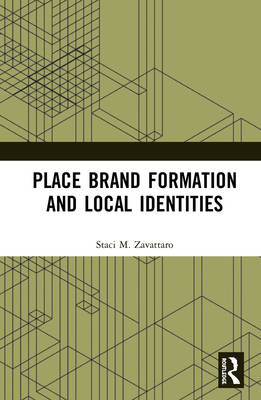
- Retrait gratuit dans votre magasin Club
- 7.000.000 titres dans notre catalogue
- Payer en toute sécurité
- Toujours un magasin près de chez vous
- Retrait gratuit dans votre magasin Club
- 7.000.000 titres dans notre catalogue
- Payer en toute sécurité
- Toujours un magasin près de chez vous
Description
This innovative book explores micro-level neighborhood branding and the creation of distinct local identities in neighborhoods.
It begins by situating place branding literature at the neighborhood level and then gives consideration to what the core components of a neighborhood brand might be. It does so by drawing on extensive interviews with key actors in the United States, such as government officials, Realtors, economic development professionals, urban planners, and neighborhood residents. Core topics such as belonging and community, identity, nostalgia, idealism, and recreation are explored. The book concludes with a proposed working definition of neighborhood brands and branding that stakeholders can use to promote and market their neighborhoods accordingly - or avoid branding them entirely.
This book offers a novel contribution to place branding and destination management literatures by moving beyond the dominant macro-level narratives. It will be of interest to scholars and students studying in urban planning, tourism, destination branding, marketing, public administration and policy, and sociology.
Spécifications
Parties prenantes
- Auteur(s) :
- Editeur:
Contenu
- Nombre de pages :
- 92
- Langue:
- Anglais
Caractéristiques
- EAN:
- 9781138500044
- Date de parution :
- 16-07-19
- Format:
- Livre relié
- Format numérique:
- Genaaid
- Dimensions :
- 156 mm x 234 mm
- Poids :
- 322 g







